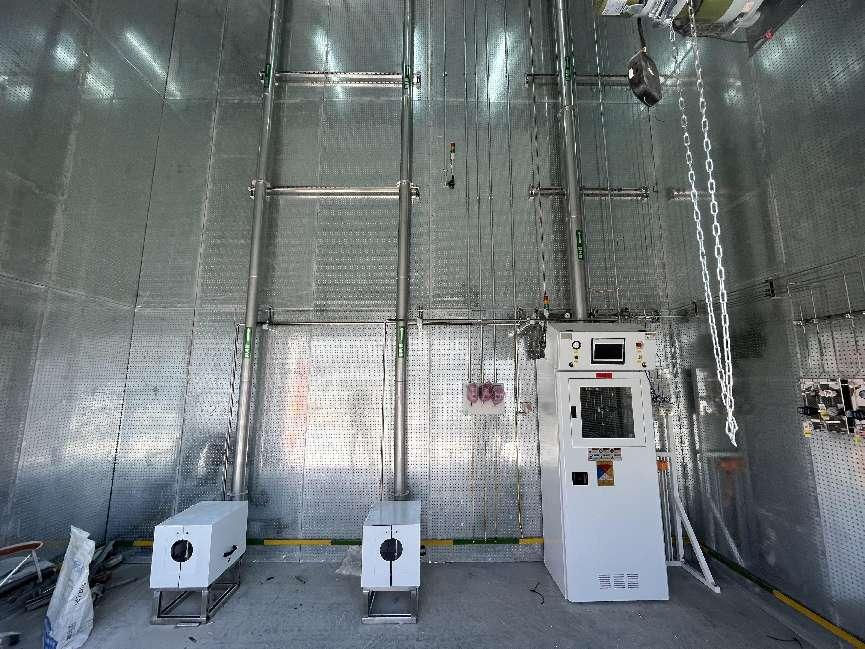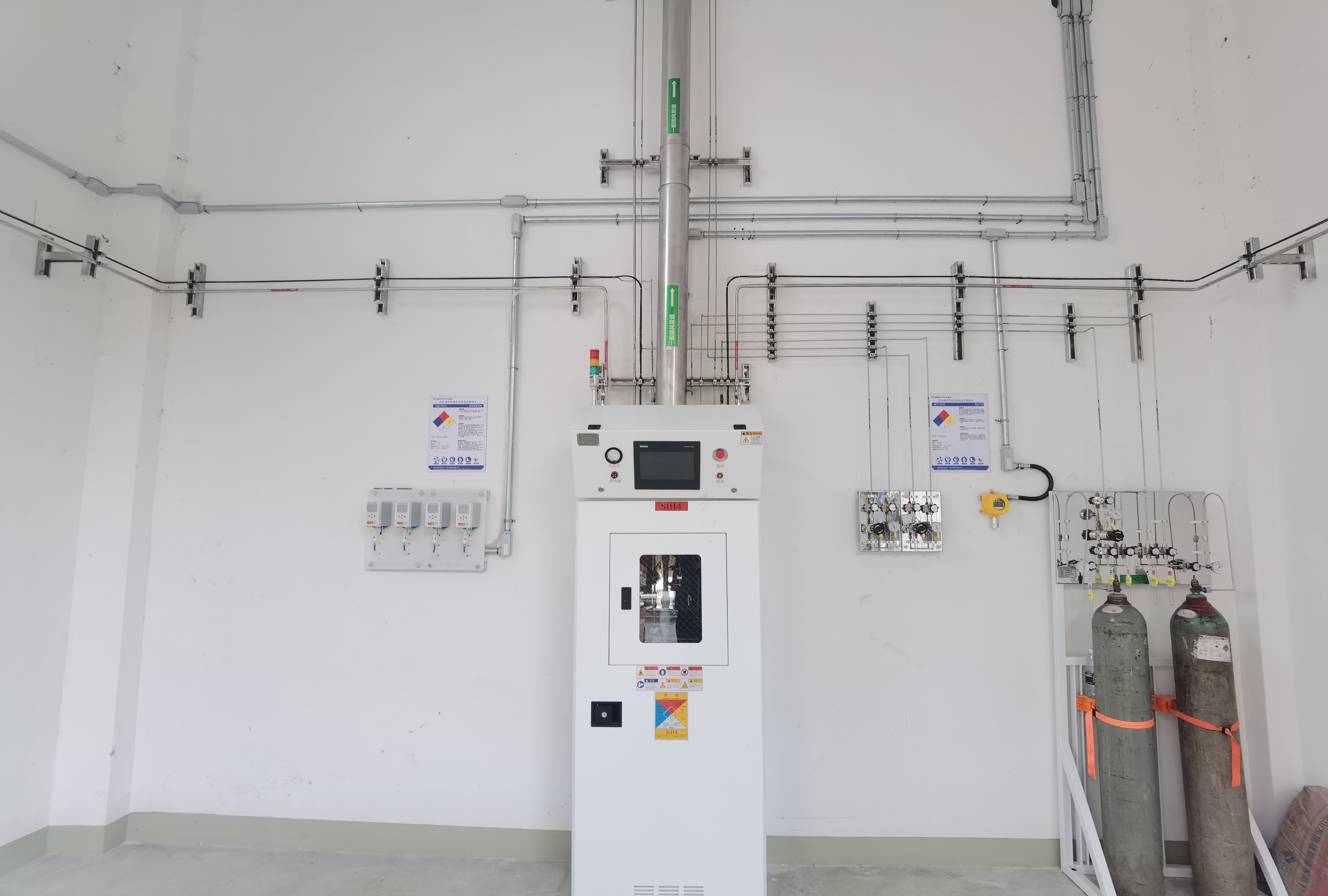Ball valves, diaphragm valves and bellows valves are commonly used in gas pipelines to select the appropriate valve according to the requirements of gas purity, toxicity and flammable explosion. So how to choose the gas line valve in the laboratory gas piping project? Today by the staff of Shenzhen Wofei Technology Co:
Laboratory gas line valve selection criteria
1. Stainless steel ball valve
For the purity of less than 99.9999% of the gas pipeline, flange connection can be used 304 stainless steel ball valves. Flange gasket is soft metal gasket, PTFE gasket.
2. Diaphragm valve and bellows valve
For gas pipelines with total impurity content ≤10ppm, diaphragm valves and bellows valves should be used. Flammable and explosive gases require bellows valves. The valves are connected by clamping sleeves and are made of soft metal. As the diaphragm valve has the same sealing performance as the bellows valve, it also has outstanding features such as small dead space inside the valve, easy to drain, and small pollution.
3. Diaphragm valve
For the total impurity content ≤ lppm purity requirements of the pipeline and risky gas pipeline, it is recommended to use diaphragm valves. Valve and VCR ferrule connection and soft metal washer connection. pO2, ph2, pn2, ar, h, e, n2, cda supply pipe valve is a stainless steel bellows valve, made of the same material as the main pipe.
Post time: Apr-07-2024

